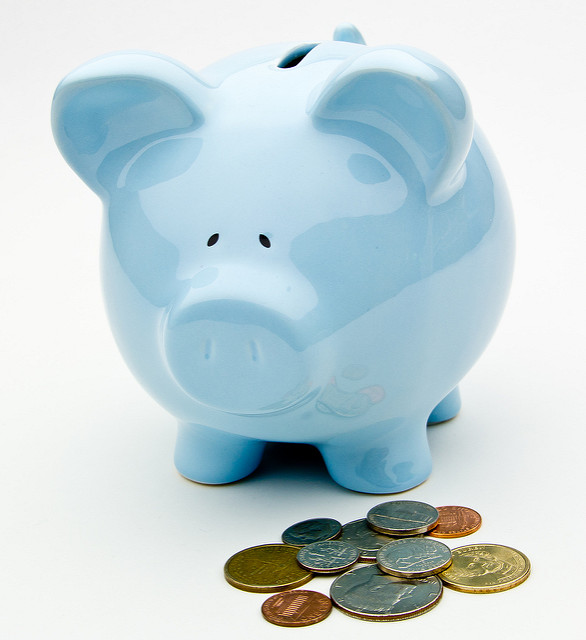
First-quarter 401(k) account statements will be arriving in mail boxes in a few short weeks. When they do, a lot of Americans will wonder why they even bothered contributing. For all of the day-to-day noise, the market is going to finish the quarter pretty much where it started. And to think, the market hasn’t even crashed yet.
Running on a proverbial treadmill like that is frustrating, and I’d love to tell you to expect better returns for the rest of the year.
But based on where stocks are priced today, I wouldn’t get your hopes up. Looking at the cyclically-adjusted price/earnings (CAPE) ratio, the S&P 500 is priced to deliver annual returns of zero… over the next eight years.
You’ve no doubt heard the conventional wisdom that stocks “always” return 7%-10% over the long-term.
Well, that’s certainly been the case up until now… and will probably be the case going forward.
But again, we’re talking over the long-term, which in the world of financial planning might mean 30 years. In the interim, the results can look a lot different.
From September 1996 to March 2009 – a period of more than 13 years – the S&P 500 went nowhere. And not to be outdone, old timers that survived the bear markets of the 70s might remember that the market went nowhere from 1968 to 1982…
And that’s before adjusting for inflation.
Adjusting for inflation, it would have been well into the 1990s before investors saw a positive return on their 1968 investments!
So again, while stocks “always” return 7%-10% over time, there can be long stretches when returns come nowhere close to that. And based on today’s valuations, we may well be at the front end of one of those periods today.
So… what should you do with your savings?
Well, to start, you should max out your 401(k) plan at work.
You might want to read that last sentence again. Yes, I am recommending (if I had the authority, I would say I was ordering) that you put every last penny you can afford to save into your company 401(k) plan.











Leave A Comment